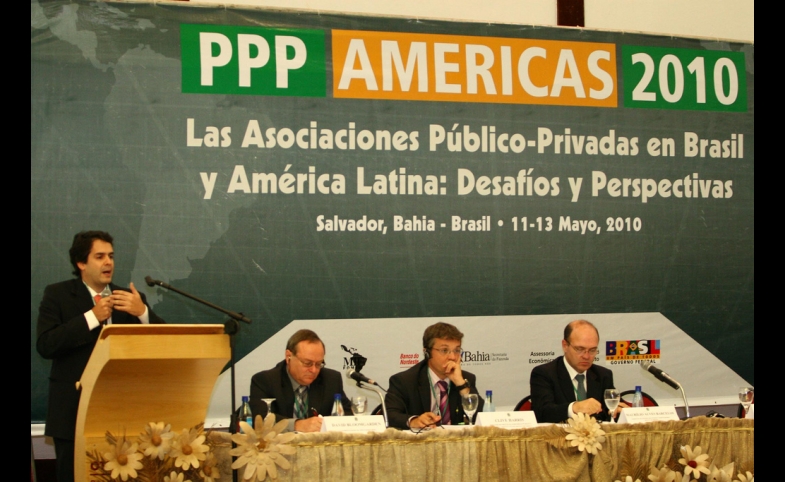The first in a two-part investigation into public-private partnerships in public diplomacy. U.S.-based diasporans from Africa and elsewhere were among the first responders to the Ebola outbreak and also used public-...
KEEP READINGThe CPD Blog is intended to stimulate dialog among scholars and practitioners from around the world in the public diplomacy sphere. The opinions represented here are the authors' own and do not necessarily reflect CPD's views. For blogger guidelines, click here.

App or No App, Public Diplomacy is Still All About Relationships (Pt. 2)
The second in a two-part investigation into public-private partnerships in public diplomacy.
Interests of governmental, civil society and private sector actors are voiced louder and wider all the time, thanks to increasingly accessible information and communication. Diplomats and global publics engage in person, but more and more via text messaging and social media platforms, where the potential for clear and constructive cross-cultural communication is erratic.
There are software applications designed to improve communication quality, such as those for credibility and relationship-building, mentioned in part I of this blog. Still, mutually-trustworthy and enduring relationships require empathy and time, especially across cultures and societal sectors, as in the public-private partnerships (PPPs) on the rise in public diplomacy (PD).
The skilled relationship-makers and program implementers of PD create an ideal space for engaging in PPPs on compelling policy priorities with diverse global actors. Among them are ethnic diasporas, many of which are well organized in the U.S. and eager to make a difference by enacting their moral sense of shared responsibility for both their original and current home countries.
At the subnational and national levels across the U.S., government agencies, diasporas, non-governmental organizations (NGOs), and private firms have partnered on cultural, trade, educational, scientific, environmental, humanitarian, and technological projects. How do the governmental and non-governmental conveners foster and sustain collaborative relationships and project results in these undertakings?
The qualities of PPP-stakeholder relationships located in the literature or observed in fieldwork to date in this research project are:
- Mutual respect
- Cross-cultural competence
- Grounding in local and transnational context
- Openness to sharing power and influence
- Inter-partner/stakeholder trust
- Moral and social responsibility
- Participatory communication
- Joint planning, implementation, and evaluation
- Inclusivity of ethnic, racial, gender, and generational diversity
- Informed by differing perspectives
- Attentiveness to conflict
- Nimbleness in formal and informal interactions
- Deliberation in dialogue and decision-making
- Commitment to collaboration
For example, at the subnational PD level, the Montgomery County (Maryland) Executive Office of Community Partnerships convenes six-citizen advisory groups covering world regions and also provides support for three sister cities promoting international cultural and trade relationships. I am a member of the Middle Eastern American Advisory Group, and have also attended public meetings of the Latin American Advisory Group and the African Affairs Advisory Group. These groups of volunteers work with local and global agencies, NGOs and businesses to serve the needs of their diasporic communities and promote ties abroad. They also educate county residents about their heritage cultures by volunteering with country-specific and global cultural events.
The skilled relationship-makers and program implementers of PD create an ideal space for engaging in PPPs on compelling policy priorities with diverse global actors.
In the work of the advisory groups, enhancing the county’s services and global standing as a welcoming community is evidence of all 14 relational qualities. With commitment, diverse professional skills and support from a dedicated county staff, they call for improvements in policy and programs across education, housing, health, business, safety, culture, and multi-faith understanding. They aim for a balanced perspective between the needs of their communities and overall county priorities.
If there are community partnership organizations and citizen groups like this where you live, could you take a few minutes to make a comment below?
It is clear that national and subnational PPPs allow many different spaces for transnational social inclusion, deliberative government-citizen engagement, and institution-building. They foster and synergize people-to-people exchange, good governance, and advocacy objectives of public diplomacy. Ongoing fieldwork explores a sample of PPPs with diaspora involvement through interviews on their relationship-building and evaluation practices, program goals, impact, and multiplier effects.
Photo by Fotos GOVBA I CC 2.0
Visit CPD's Online Library
Explore CPD's vast online database featuring the latest books, articles, speeches and information on international organizations dedicated to public diplomacy.
POPULAR ARTICLES
-
November 3
-
November 5
-
November 13
-
November 25
-
November 17
Join the Conversation
Interested in contributing to the CPD Blog? We welcome your posts. Read our guidelines and find out how you can submit blogs and photo essays >.













